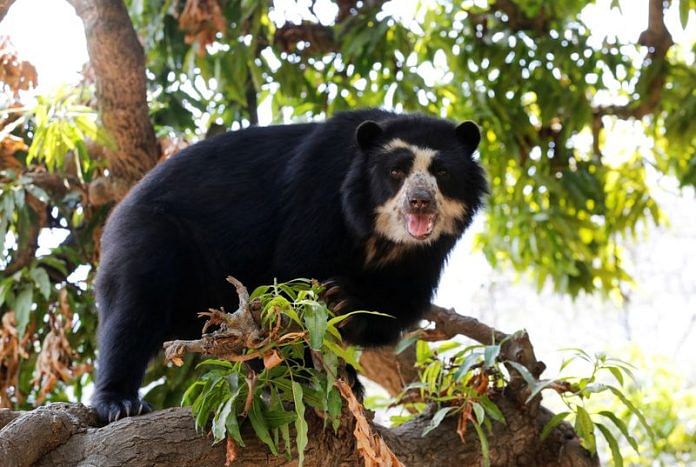By Alexander Villegas and Marco Aquino
LIMA (Reuters) – A record number of fires tore through Peru over the past few weeks, wreaking havoc across the country’s ecosystems as grasslands, dry forests, coastal areas, and the Amazon were set ablaze.
In northern Peru, spectacled bears fled burning dry forests to nearby towns where some were shot by frightened residents. Jaguars in the southern Amazon, with nowhere to flee, were left charred on trees. Grasslands and wetlands that play a key role in storing water were left in ashes.
“The rainforest is usually impervious to fire,” said Paul Rosolie, a conservationist and founder of JungleKeepers, an NGO that patrols and preserves the Amazon in Peru, adding that they’ve seen burned turtles, snakes, birds, and jaguars after recent patrols. “The forest is their world, so when you burn it, they die.”
The Global Wildfire Information System (GWIS), which tracks wildfires by satellite, shows around 10,400 fires in Peru in 2024, more than double the previous record in 2020 and nearly 2.5 times the total area burned.
Record fires have been recorded across South America this year, with Bolivia, Brazil, Argentina and Paraguay registering the largest numbers.
“This year there’s been more regions, more ecosystems, and more species affected,” said Luis Zari, a legal specialist for the Peruvian Society of Environmental Law (SPDA), adding that both human and environmental factors led to such widespread fires.
Aside from less rainfall and higher temperatures after the end of the El Nino weather phenomenon, Zari says a failed government response and human-started fires led to widespread destruction.
Peru’s President Dina Boluarte acknowledged the country lacked logistics to fight the fires when she declared a state of emergency in September. “There’s nothing in Peru, that’s the problem, there’s no help,” said Robyn Appleton, founder of the Spectacled Bear Conservation (SBC), an NGO that protects spectacled bears in Peru’s northern dry forests.
Alexander Moore, executive director of the SBC, says the bears have adapted to the drier climate and are able to go months without water, unlike other spectacled bears across the Andes. With only a few hundred bears in the population, Moore says conserving every one is essential to the ecosystem.
“Fragmentation and loss of habitat is the biggest threat to these bears,” Moore said, adding that the SBC works with local communities to educate, incentivize conservation, and help fight fires.
He says modifications to a forestry law in January make it easier to use forested land for agriculture by removing some environmental requirements and emboldened local farmers to burn more land, a sentiment echoed by Rosolie and Zari.
“We’re really afraid and that’s why we’re trying to do everything we can to work with the community to deal with this because it isn’t going to stop,” Moore said, adding that if governments promote land use and business over environmental regulations that fight climate change, extreme weather will continue to devastate.
(Reporting by Marco Aquino in Lima; Alexander Villegas in Santiago; Editing by Aurora Ellis)
Disclaimer: This report is auto generated from the Reuters news service. ThePrint holds no responsibilty for its content.



